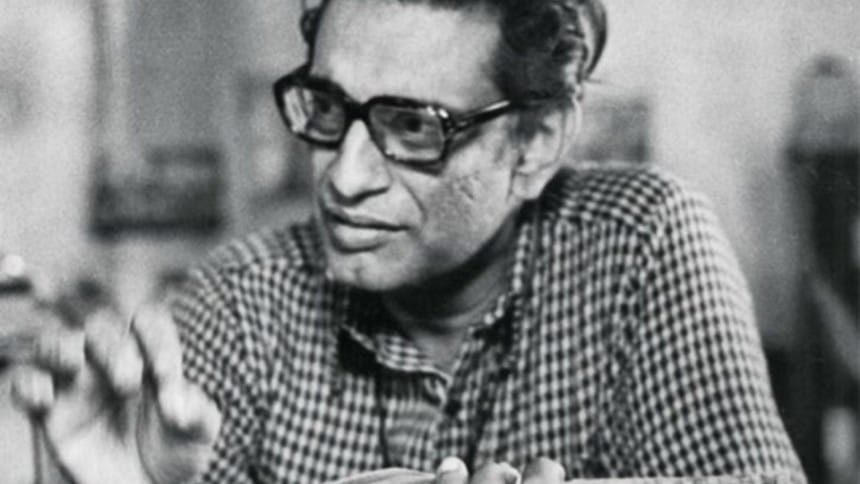Looking back at Satyajit Ray’s noteworthy films

Yesterday marked the 98th birthday of Satyajit Ray. Akira Kurosawa spoke highly about his films. “It is the kind of cinema that flows with the serenity and nobility of a big river. In his films, people are born, live out their lives and accept their death without the least effort and without any sudden jerk,” he said. Ray was known for his humanistic approach to cinema. We take a look at some of his best films below.
In Pather Panchali, we watch the family struggle over a period of years to get by and attempt to get out of the debts that hover over them. Sarbajaya does her very best to keep her kids fed and in line while Harihar seeks work and dreams of becoming a writer, someone the town respects and a man who can educate his son. While they manage to keep their spirits up in the face of great struggle, in the end the cycle of poverty only gets worse as death comes twice upon the family. First, Indir dies after being turned away by Sarbajaya, and then Durga dies of a horrible fever. Consequently, Sarbajaya breaks down in uncontrollable tears and Harihar gapes on in incredulous shock. Harihar lives out his life unrewarded yet quietly resigned to his life. He talks to Sarbajaya about his new prospects of a breakthrough. She listens impassively with her face turned away to the earthen stove. Ultimately, Ray’s film shows the difficulty of poverty and the pain that it causes and how we should accept death when it comes. Ray’s Apu trilogy is known to be a breathtaking milestone in world cinema.
Based on the short story Abataranika by Narendranath Mitra, Mahanagar, directed by Ray, explores the evolving independence of a middle-class woman, Arati Mazumdar, as she takes her first job because of increasing financial pressure. On the other hand, Charulata, which is considered as one of Ray’s finest films, tells the story of an educated and creative individual, who is curious about the ways of the world, but lacks an adequate platform to share her thoughts or a like-minded individual to converse with, on equal terms. Themes of loneliness, disconnect, trust, loyalty, and unspoken love are heavily explored in this film.
Ray shifts his gaze to one of the greatest horrors in human history—the man-made famine of 1943 in Bengal, which claimed five million lives, in his film, Ashani Sanket (Distant Thunder). The story is set in a village where the people can sense an impending danger as the price of staple food rises, leading to starvation. Keeping Gangacharan (Soumitra Chatterjee) and Ananga (Babita) in the forefront, the film captures the gradual destruction of the structures in rural Bengal—from socio-economic to interpersonal. Ray shows the breakdown of traditional village norms, as hunger looms large over the society. With his brilliant storytelling and filmmaking, Ray truly carved a space for himself in the world of cinema.

 For all latest news, follow The Daily Star's Google News channel.
For all latest news, follow The Daily Star's Google News channel. 



Comments